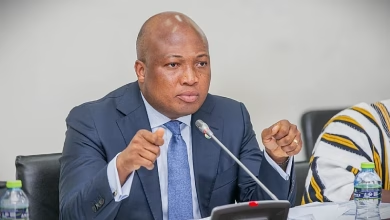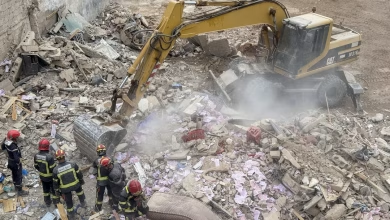Putin Orders Nuclear Drills

- Western leaders alarmed, call for restraint
- Putin's move underscores need for renewed arms control efforts
- Drills come amid heightened Russia-West tensions.
Russian President Vladimir Putin recently issued orders for tactical nuclear weapon drills, a move widely seen as a strategic measure to deter Western powers. The decision comes amidst escalating tensions between Russia and the West, particularly over issues such as Ukraine, NATO expansion, and arms control agreements.
The tactical nuclear weapon drills, directed by Putin, involve military exercises aimed at testing Russia’s readiness and capabilities in deploying and using these weapons effectively. Such drills serve as a demonstration of Russia’s military strength and its willingness to defend its interests against perceived threats from Western adversaries.
Putin’s directive underscores the growing concern within the Russian government about perceived provocations and encroachments by the West, particularly in regions close to Russia’s borders. The deployment of tactical nuclear weapons is viewed as a deterrent against potential aggression or intervention by Western powers in areas of strategic importance to Russia.
Moreover, the timing of Putin’s order is significant, coming amid heightened tensions between Russia and NATO over Ukraine and other geopolitical flashpoints. The drills are likely intended to send a clear message to Western leaders about Russia’s preparedness to defend its interests and respond decisively to any perceived threats or provocations.

The decision to conduct tactical nuclear weapon drills also reflects Russia’s broader strategy of maintaining a credible deterrent against potential adversaries, including NATO member states. By demonstrating its ability to deploy and use these weapons effectively, Russia aims to deter aggression and preserve its national security interests.
However, Putin’s directive has raised concerns among Western leaders and international observers about the risk of nuclear escalation and the potential for miscalculation or misunderstanding. The use or threat of nuclear weapons in any conflict scenario poses a grave risk to global security and stability, underscoring the need for dialogue and de-escalation efforts.
In response to Putin’s order, Western governments have expressed alarm and urged Russia to exercise restraint and transparency in its military activities. The United States and its NATO allies have called for dialogue and diplomacy to address differences and reduce tensions in order to avoid a dangerous spiral of confrontation.
The tactical nuclear weapon drills also come at a time of heightened global scrutiny over nuclear arms control and disarmament efforts. With the expiration of key arms control treaties and growing concerns about the proliferation of nuclear weapons, Putin’s decision to conduct such drills adds to the sense of urgency for renewed efforts to prevent nuclear conflict.
Furthermore, Putin’s directive highlights the evolving nature of nuclear deterrence strategies in an era of renewed great power competition and geopolitical rivalries. As Russia seeks to assert its influence on the world stage and safeguard its interests against perceived threats from the West, the role of nuclear weapons in its military doctrine remains a subject of intense debate and scrutiny.
In conclusion, Putin’s orders for tactical nuclear weapon drills underscore Russia’s determination to assert its military capabilities and deter potential aggression from Western powers. While such actions may serve to bolster Russia’s strategic position in the short term, they also heighten tensions and increase the risk of nuclear confrontation. As the world watches closely, diplomatic efforts and dialogue are essential to prevent the escalation of conflict and maintain global peace and security.






